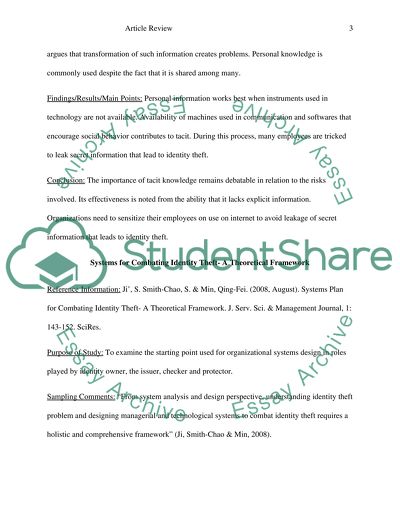Cite this document
(“Tacit Knowledge, Systems for Combating Identity Theft Article”, n.d.)
Retrieved from https://studentshare.org/information-technology/1445714-see-attached-files
Retrieved from https://studentshare.org/information-technology/1445714-see-attached-files
(Tacit Knowledge, Systems for Combating Identity Theft Article)
https://studentshare.org/information-technology/1445714-see-attached-files.
https://studentshare.org/information-technology/1445714-see-attached-files.
“Tacit Knowledge, Systems for Combating Identity Theft Article”, n.d. https://studentshare.org/information-technology/1445714-see-attached-files.


